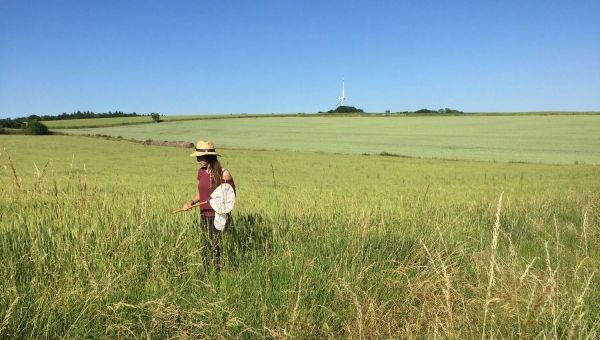Sowing strips of wildflowers along conventional cereal fields and the increased density of flowers in organic farming encourage bumblebees as well as solitary wild bees and hoverflies. Bumblebee colonies benefit from flower strips along small fields, but in organic farming, they benefit from large fields. This research was carried out by agroecologists from the University of Göttingen in a comparison of different farming systems and landscape types. The results of the study have been published in the Journal of Applied Ecology.
Organic farming and flower strips are financially supported by the European Union in order to enhance populations of wild bees and hoverflies, which are major pollinators of most crops and wild plants. The research team selected nine landscapes in the vicinity of Göttingen along a gradient of increasing field size and then analysed the wild bees and hoverflies in each landscape at the edge of an organic wheat field, in a flower strip along conventional wheat, and at the edge of a conventional wheat field without flower strips.
The result: most pollinators were found in the flower strips, but organic fields, characterized by more flowering wild plants than conventional fields, were also beneficial.
Continue reading at University of Göttingen
Image via University of Göttingen


